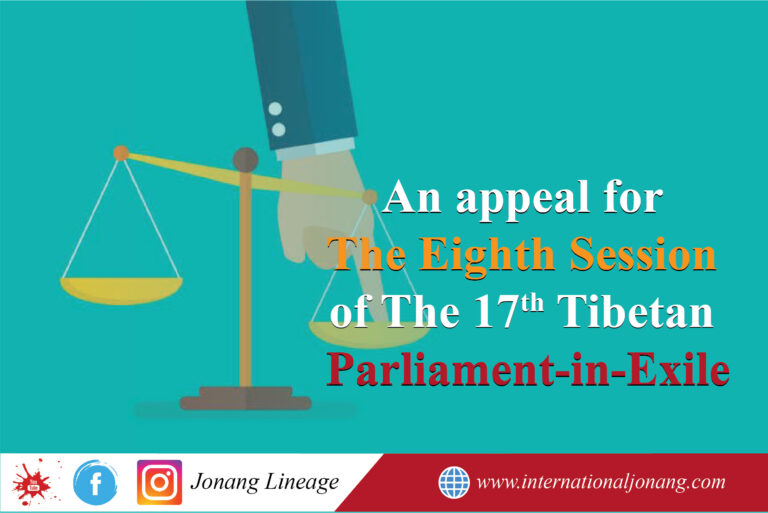Mountain Doctrine
Part Ten Since endowment with pre-existent ultimate buddha qualities does not eliminate the need for practice of the path, when describing the final Buddha-qualities, he titles the section on the path “Explaining how effects of separation and of production are attained through the path.” As Taranatha, second only to Döl-bo-ba in importance in Jo-nang, says: Therefore, newly attained effects that are to be produced through cultivating the path are produced effects, due to which they do not truly exist, whereas the primordially abiding buddha is merely separated through cultivating the path from the covering over that buddha, due to which it is called an “effect of separation” and the path also is called a “cause of its separation.” These [effects of separation] are merely imputed cause and effect, not actual cause and effect. These effects of separation also are not the analytical separations described in Manifest Knowledge, “Separation is a mental extinguishment.” Rather, it is an ultimate effect of separation and an ultimate true cessation in accordance with the statement in the Questions of King Dharanishvara Sutra, “Since it is primordially extinguished, it is called ‘extinguishment.’ In this way, the natural lineage is called a “cause” but does not produce effects, and the body of attributes is called an “effect” but it is not produced. Two Emptinesses Since the matrix-of-one-gone-thus, also called the immutable thoroughly established nature, is empty of all compounded phenomena but replete with the ultimate phenomena, or attributes, of enlightenment, it is not self-empty. If the matrix-of-one-gone-thus were self-empty, it would not exist at all (213). Rather, the matrix-of-one-gone-thus is empty in the sense of being empty of the other two natures, imputations and other-powered natures respectively conceptually dependent factors and phenomena produced by causes and conditions. In this way, Döl-bo-ba recognises two important types of emptiness-self-emptiness and other-emptiness. He calls the first “empty-emptiness” and the second “non-empty-emptiness (213, 252, 301). Self-emptiness means that an object is empty of its own entity. A table is entity; a mind is empty of its own entity, and so forth.

